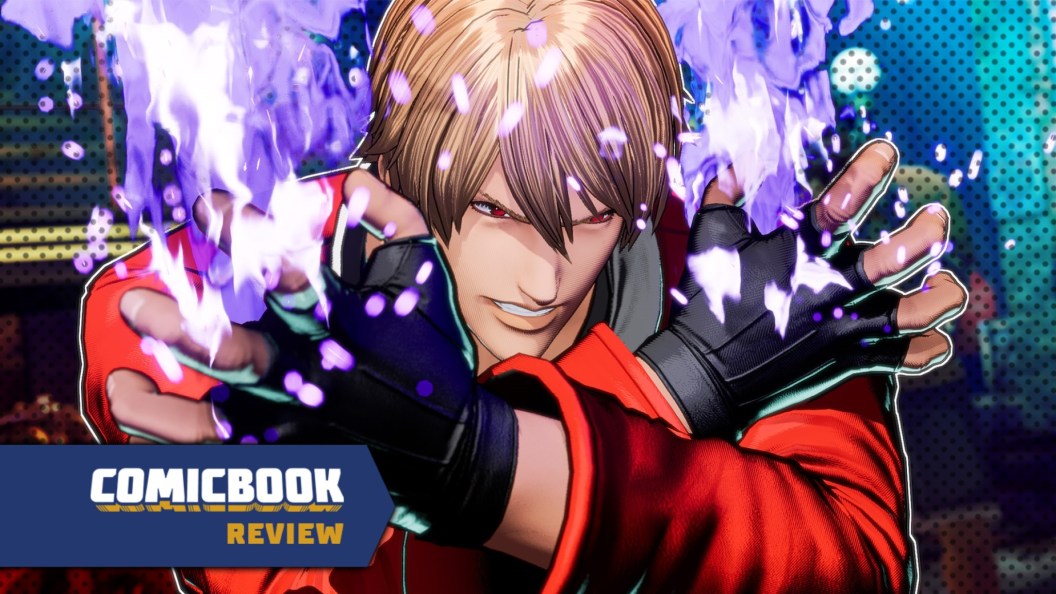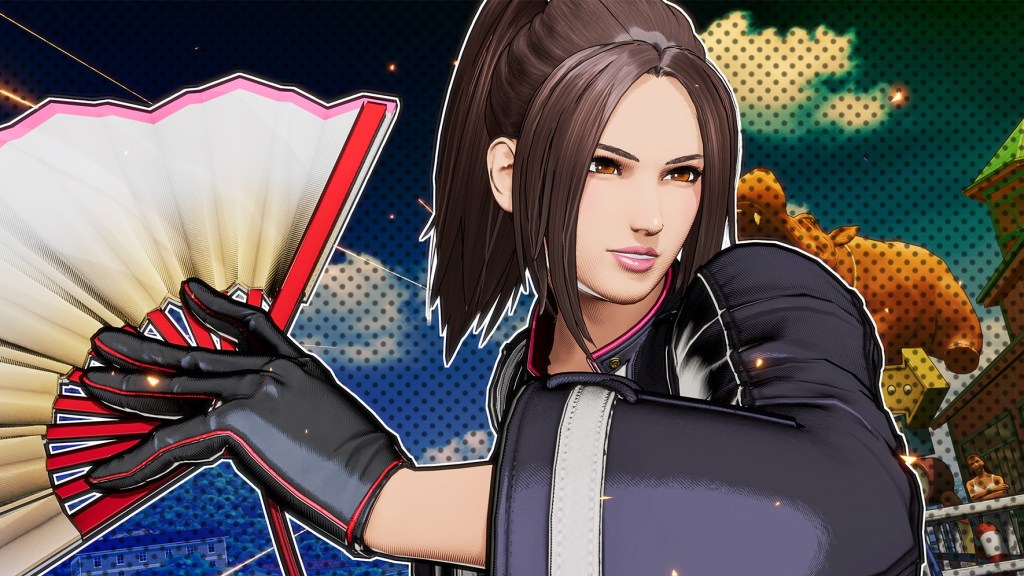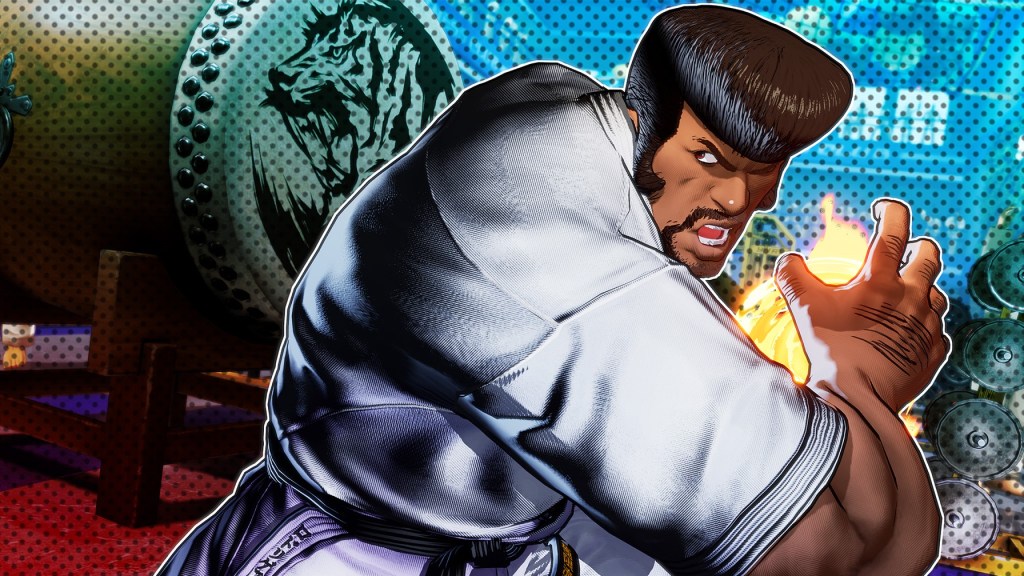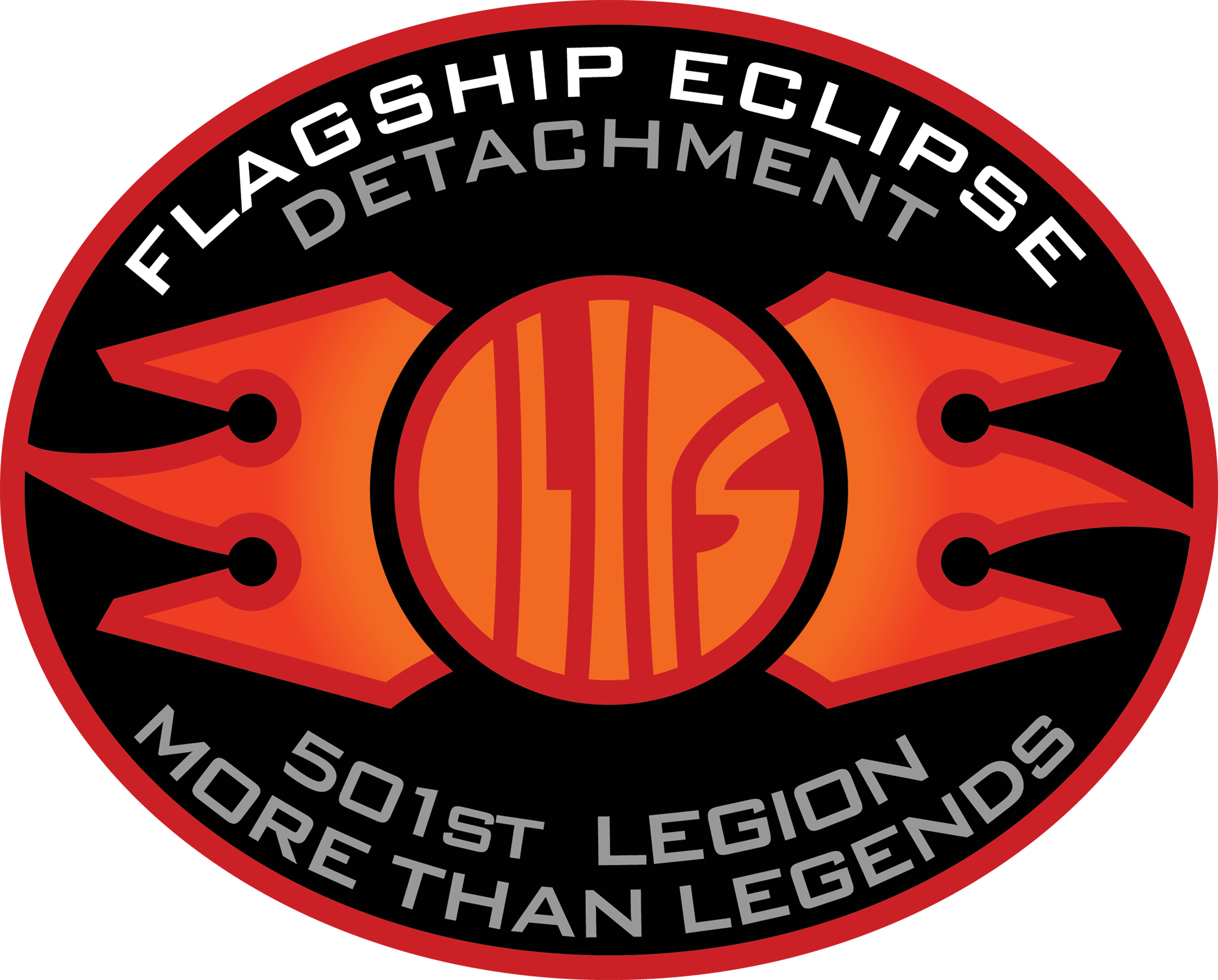
The Fatal Fury series has been dormant for over 25 years. As iconic as characters like Terry Bogard, Geese Howard, and Mai Shiranui are, a proper entry from the franchise hasn’t been released since 1999’s Garou: Mark of the Wolves. That all changes with Fatal Fury: City of the Wolves, a modern take on the beloved 2D SNK fighting game. It’s exciting that such an influential fighting series is being revived for a modern audience, but does it have the allure to draw that audience away from a genre filled with fighting game giants? I am inclined to say yes, but certain facets may hinder players, especially newcomers, from enjoying their time right from the jump.
The first thing I do whenever I play a fighting game is check out the tutorial. No matter how skilled a player is, it’s always helpful to check out a tutorial to see how the various mechanics operate and how they work in concert with one another. When I entered the Fatal Fury: City of the Wolves tutorial, it gave me a rundown on every single mechanic that spans every character. These are all basic to advanced moves and features that anyone should have a handle on before getting into a bout with an opponent, either CPU or human. It does a decent job explaining everything I needed to know in some short but sweet interactive tutorials, which is something I expect from every fighter at this point.
Where I think Fatal Fury: City of the Wolves stumbles here is not giving more detailed tutorials for specific characters. On the official SNK YouTube channel, the developer has Character Breakdown videos for 10 of the 17 fighters. These videos give some great advice about the various special moves, like when a player would want to use the special move and how it can be utilized to string a combo. A feature like this is not present in-game. Instead, the Training menu has a Mission section, which provides players with five arcade-style control combos and three smart control combos. Beyond that, no other information is given to let newcomers know more details about how each character functions.
I don’t necessarily believe every fighting game has to cater to newcomers or beginners. It sounds insane, but half the fun for me is getting my teeth kicked in, learning from my mistakes, and trying to execute in a future match. However, I do think, at the very least, having the tools to see how these fighters work does help pretty significantly, and takes out some of the guesswork when learning a character. It doesn’t make or break the experience, but having that information in-game would be nice.
Although the onboarding for Fatal Fury: City of the Wolves isn’t as in-depth as its competitors, the actual gameplay is quite fun. It was a bit daunting at first, thanks to its REV system, but once I got the hang of it, I enjoyed my time even when I was getting smoked by my opponents.

The basic controls for Fatal Fury: City of the Wolves play as expected. On a gamepad, the two top face buttons are the light and heavy punch, the two bottom buttons are the light and heavy kick, and movement is tied to either the D-Pad or the analog sticks. Special moves are done by using a specific button combination. For example, the Power Dunk is executed by inputting forward, down, down-forward + light or heavy punch. This is all pretty standard stuff, and anyone familiar with a fighting game will be able to pick up the basics quickly.
Where the game starts to deviate from other fighters is its REV system. The basis of this unique system is the REV meter, which is represented by a speedometer at the corner of the screen. Below the Rev meter is the special meter, which can be used to perform Ignition, Redline, and Hidden Gears, which are the super special moves that are paired with a stylish animation. There is also the Selective Potential Gear (S.P.G.) bar, which is set on one of three positions on the health gauge; when a player’s health is depleted in this section, they can perform REV Blows, a powerful attack that nullifies an opponent’s attack for a big hit.
REV actions, like REV Arts and Blows, build up the REV meter. When that meter reaches 100%, the player is put into an overheated state, which makes all REV actions unavailable until the meter recovers. Additionally, if an opponent depletes the guard gauge (right below the health gauge) while a player is overheated, they’ll enter guard crush state, which makes the affected player take longer to recover from hits. Players can speed up that recovery process in a variety of ways, including moving towards the opponent or landing attacks.

While the REV system impacts players’ offensive capabilities and staying active, a good defense is just as important. There are plenty of defensive options that can turn the tide of battle. Since the aforementioned REV Blows make the player invincible to any hit, this is a good way to reset if an opponent is on a tear. It’s also safe on block, so even if the REV Blow doesn’t hit, it still interrupts the opponent’s flow. Players can also guard cancel to counter with a special move, REV Blow, or an Ignition, Redline, or Hidden Gear.
Overall, I really enjoy the REV system and the combat system in general. It forces players to manage their tools effectively and to stay engaged in combat. It’s also nice that it’s not totally focused on offense, giving players opportunities to come back with a variety of tools on defense. I will say it took some time for me to get a handle on managing the various meters and know when to execute certain moves. However, once I found some characters that I vibed with, which were Terry Bogard and Mai Shiranui (I know, very boring of me), I started to understand how other characters worked, and started messing with fighters like Kevin Rian and Hokutomaru. When it comes to gameplay, Fatal Fury: City of the Wolves is just as engaging as any of the big fighters out there right now.

Speaking of characters, Fatal Fury: City of the Wolves has a solid cast for several different play styles. Players who want to play rushdown offense have Vox Reaper. Billy Kane is great for players who want more reach thanks to his staff. Terry Bogard is a great all-around fighter with all the tools a player would need. Tizoc is the grappler. The 17 characters all feel unique, even the guest characters of Salvatore Ganacci and Cristiano Ronaldo. For those two guest characters, specifically, while their move sets are very interesting, they definitely feel very out of place. There really isn’t much cementing them into the world of Fatal Fury, especially the soccer star, as he is not playable in Arcade Mode or the RPG mode Episodes of South Town.
Fortunately, the combat in Fatal Fury: City of the Wolves is great because there isn’t much variety to the handful of modes available. The expected offerings are here, like Arcade Mode and Online Mode. There is also the aforementioned Episodes of South Town mode, which acts as the game’s story mode. That is essentially it in terms of gameplay modes. There is also a great Color Edit Mode, which lets players change the colorway of a fighter’s gear, and a Jukebox Mode, which lets players listen to their favorite tracks from the series.
While there aren’t a lot of modes, what is there is still enjoyable. Specifically, I found Episodes of South Town to be a lot of fun. How it presents a character’s story is pretty barebones, but leveling up a fighter and going through some of the different challenges present in the mode helped me learn about Fatal Fury: City of the Wolves’ gameplay more than its tutorial. If players want something a bit different than the traditional Arcade Mode, this is a worthy alternative.

While my time with Online Mode was a bit limited, what I did play seemed to work as intended. Like most of the modes in Fatal Fury: City of the Wolves, its online component is also barebones. Players can choose to join a ranked or casual match, as well as join a room with a specific player. All of this is presented in basic menus, which is totally fine. It would be nice to have some sort of lobby system seen in games like Street Fighter 6, but it isn’t a necessity. In the handful of matches I did play, I didn’t feel any sort of lag, nor did anyone drop from a match. Again, this may differ now that the game is out in public, but my experience online was satisfying.
Most of the game is presented in an awesomely stylish package. I really love the comic book-inspired aesthetic of Fatal Fury: City of the Wolves. The bright colors and cartoony art design make every pop, especially when executing a Redline or Hidden Gear. Not only does it look good, but having art that pops makes it easier to see everything on screen. It’s nice to see art design that looks great and has purpose.
Although it has taken decades for SNK to bring out a proper new entry in the beloved franchise, Fatal Fury: City of the Wolves is a worthy revival for the series. The overall package may be barebones, with its small selection of gameplay modes and straightforward tutorial, but its unique REV system and stylish presentation make the trip to South Town worthwhile.
Rating: 4 out of 5
Fatal Fury: City of the Wolves is available for PS5, Xbox Series X/S, and PC. A review copy for PS5 was provided by the publisher for the purpose of this review.
The post Fatal Fury: City of the Wolves Review: Hungry Like the Wolves appeared first on ComicBook.com.

